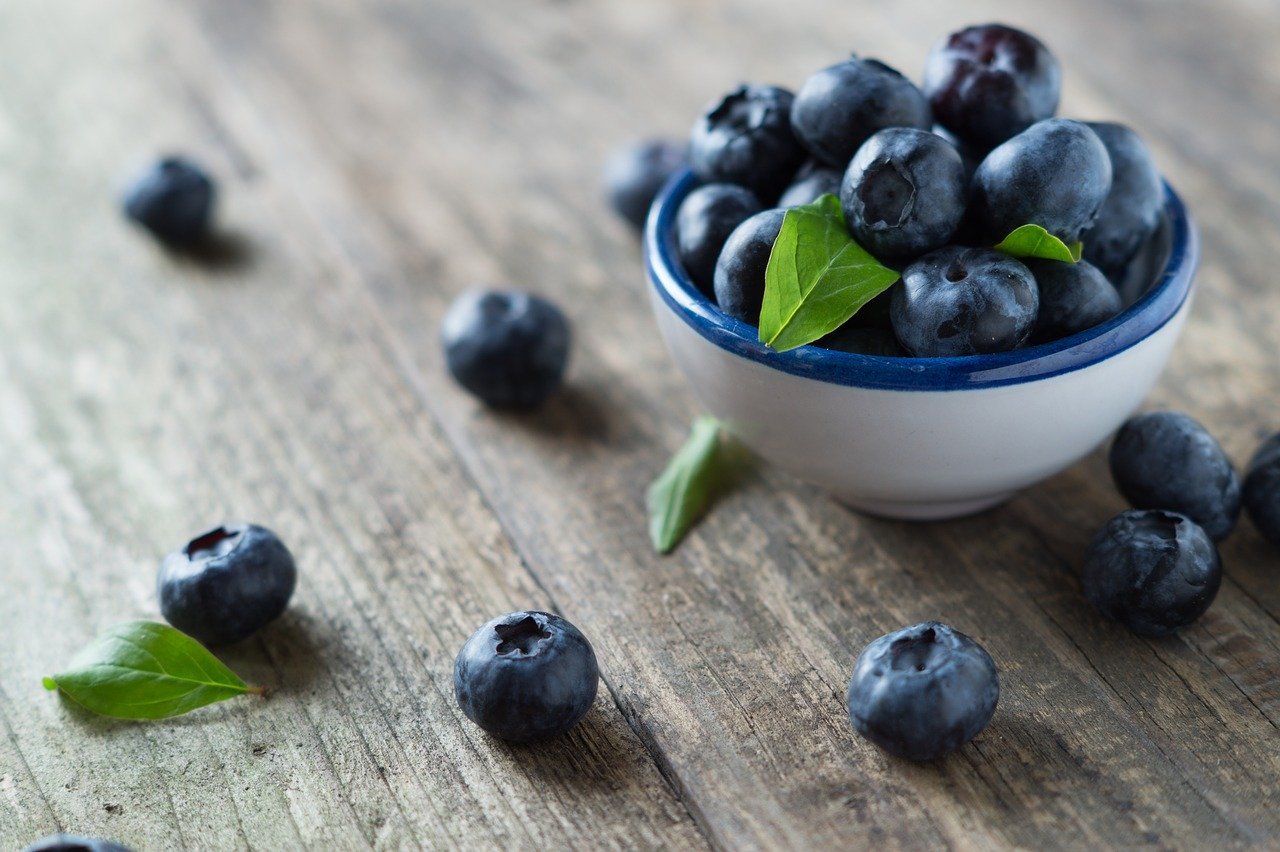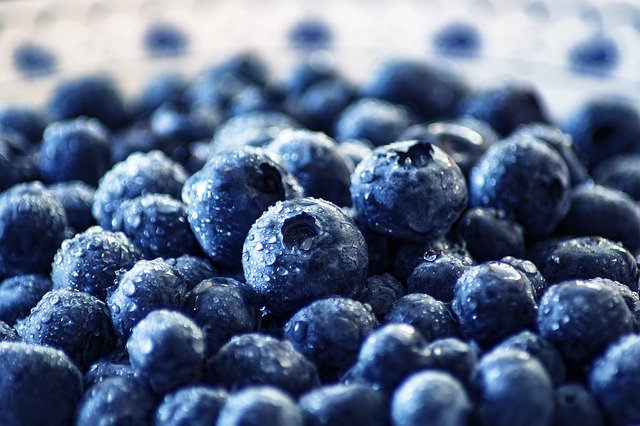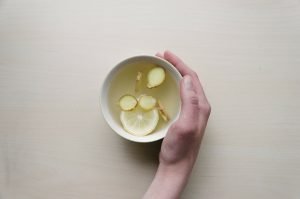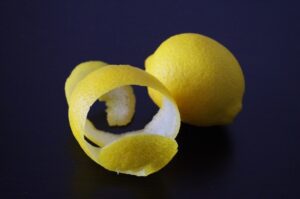Health benefits of blueberries

Bilberry is considered a typical berry from North America and the Nordic European countries. However, children in the north of the Iberian Peninsula have their first contact with this fruit, of surprising dark blue color and delicious sweet taste with an acid point, on their summer walks in the mountains. Blueberries found in stores come from the United States, South Africa and other countries, they are of the species Vaccinium cyanococcus, a shrub that can reach four meters in height.
There are also red varieties. The cranberry that is usually marketed dry or in extract for medicinal purposes comes from the United States, where it is known as cranberry.

Blueberry Properties
Blueberries provide nutrients that strengthen the immune system and protect the health of the heart, digestive system and brain.
VERY RICH IN ANTIOXIDANTS
Studies carried out at Clemson University and the United States Department of Agriculture rank cranberry as the food with the highest antioxidant power among 40 vegetables analyzed with the ORAC method (“free radical absorption capacity”).
This antioxidant power is due to the combined action of its organic acids and the 15 anthocyanins that give them their peculiar color, among which we can mention mirtilin, cyanidin, definidine, malvidin, peonidine and petunidide.
In addition, they contain proanthocyanidins, a dozen flavonoids and tannins of similar effect. One of them is resveratrol , which is also found in black grapes and is known for its anti-cancer effect.
VITAMIN C
Blueberries contain a wide diversity of micronutrients, with remarkable levels of essential minerals such as manganese (100 g of blueberries provide 20% of what is needed daily), vitamin C (17%) and several vitamins of group B.
Benefits of Blueberries
The most prominent components of blueberries are the anthocyanins that give them color. They are found in greater proportion in wild blueberries with dark pulp and have antioxidant and anti-inflammatory properties.
Consumed in sufficient quantities, they reduce the risk of a variety of diseases by counteracting the effect of free radicals.
Studies that reveal their positive health effects continue to appear, surprising even researchers and leading them to be frequently described as “the fruit of the 21st century”.
1. THEY PREVENT DEGENERATION OF THE BRAIN
Several studies indicate that its habitual consumption slows down the cognitive decline associated with Alzheimer’s and other degenerative diseases.
2. THEY STOP URINE INFECTIONS
A traditional indication of bilberry that scientific studies have confirmed is the prevention and treatment of urinary tract infections. Native Americans already used them for this purpose.
They act through a double effect. On the one hand, the abundance of organic acids increases the acidity of the urine and prevents the proliferation of bacteria. On the other hand, flavonoids deflate the venous walls and prevent microorganisms from adhering and multiplying.
They also act against digestive infections. Several studies conducted in the United States, Israel, and China have shown that bilberry components fight viruses that cause digestive conditions, and prevent bacteria like Helicobacter pylori from attaching to the stomach walls and causing ulcers and even cancer.
Organic ellagic, chloragenic and coumaric acids reinforce this anticancer effect, especially against tumors of the stomach, liver, colon and skin.
3. GOOD FOR CIRCULATION
Other studies point to its efficacy in controlling hypertension, reducing triglycerides, increasing “good” cholesterol and preventing oxidation of “bad” cholesterol. These effects help prevent circulatory and heart disease.
Blueberries on the table
Thanks to its phenolic and antoniazine compounds, blueberries have a characteristic aroma, between sweet and spicy, while their flavor is fresh, acidic and slightly bitter.
In the market it is possible to find fresh blueberries from June to December. They are usually presented in trays.
In addition to being fresh, they are frozen, dried, packaged, pressed, in juice or gelatin.
CULINARY USES
Blueberries are usually eaten for dessert, but also in juices or other preparations.
The combinations with fruits always give good results. You can choose red fruits, such as strawberries, raspberries or currants, or choose a greater contrast of flavors serving them with mango, apple, or very ripe pineapple or pear.
You can drink its juice, with a little sugar, or when crushing or liquefying the blueberries add apple concentrate or orange juice to avoid sugar.
Sometimes a pinch of salt helps highlight the natural sweetness of acidic fruits. They can also be liquefied with apple, papaya, carrot, peach and even a crushed melon.
In cakes and pies they are exquisite since they do not cloak and keep their shape intact after baking. They usually top cream tartlets, previously smeared with syrup or jelly, or used as a filling in muffins and crumbles.
Take care not to use baking soda in the doughs to prevent them from taking green tones in the oven.
- In vegetable creams they offer a good contrast of flavor and color, especially the red varieties. For example, in carrot or pumpkin creams.
- In cereal mueslis they provide a light and acid touch.
- A salty tartlet of sautéed chanterelles with pine nuts and blueberries can be a good starter.
- You can braise a seitan with onion and orange, and add blueberries at the end of cooking.
- In salads they are delicious with buds of tender leaves and nuts.
- Another typical use is as an ingredient in jellies and jams , due to its great gelling capacity.
PURCHASE AND CONSERVATION
Wild blueberries tend to look worse but taste purer than those grown.
They must be firm and turgid, without wet or damaged parts. The more aromatic, the tastier.
They are kept in the fridge, where they are kept for about three weeks, and are not washed until they are used.
IF WE FREEZE THEM, WILL THEY RETAIN THEIR PROPERTIES?
Most experts agree that frozen foods hold vitamins and anthocyanins.
In contrast, desiccated and heated to make jam or pasteurized juice lose a lot of vitamin C.
They also lose anthocyanins, but they maintain their antioxidant power (the same effect can be achieved as with fresh ones but consuming more).







